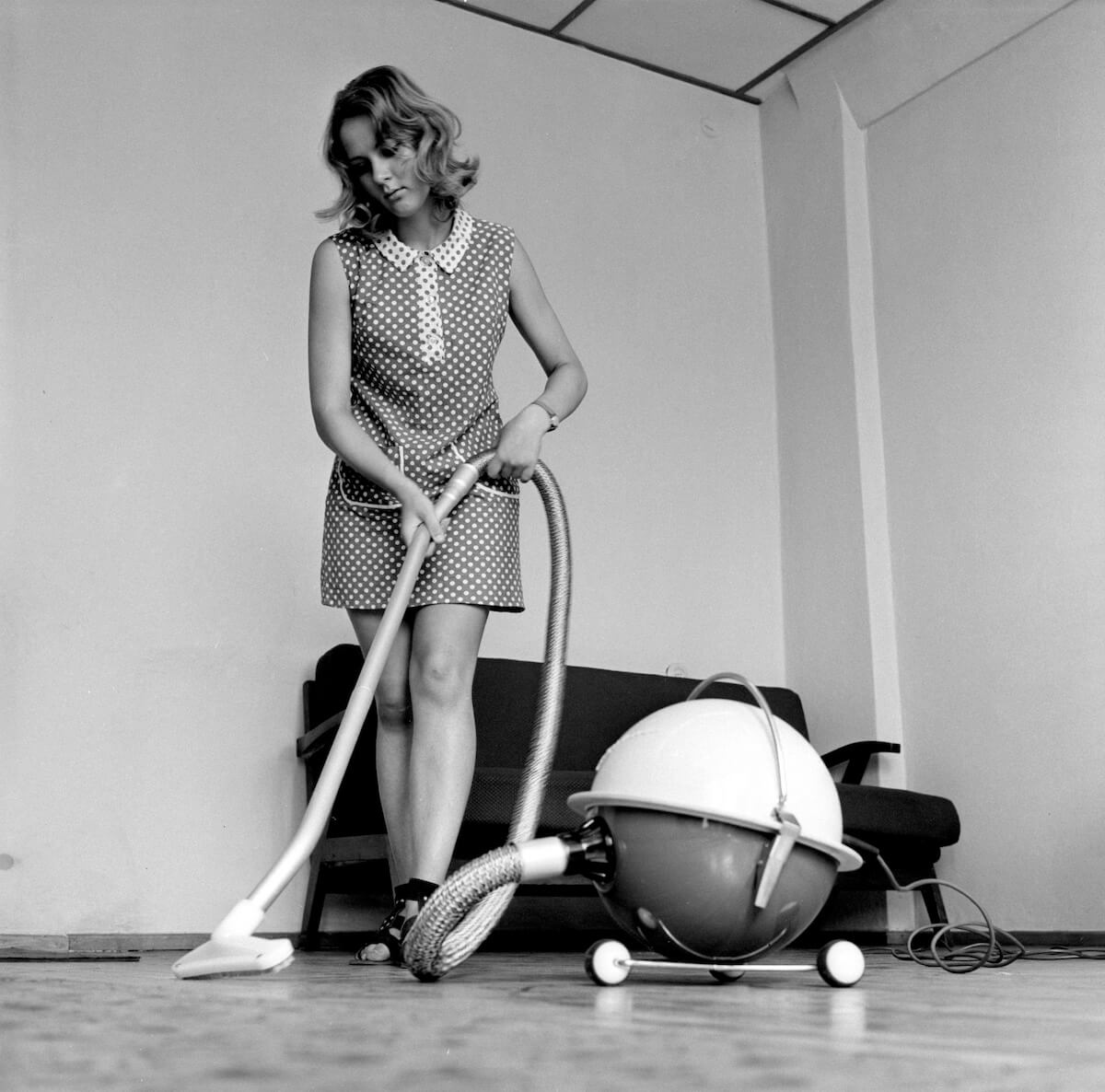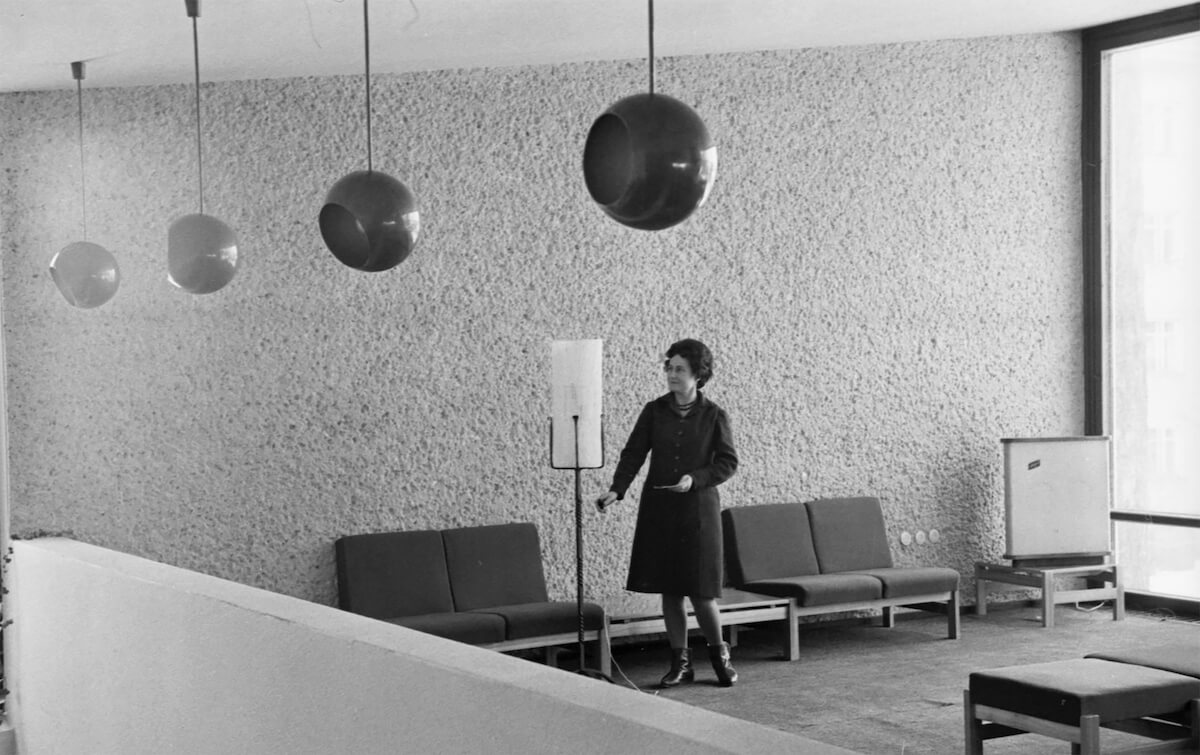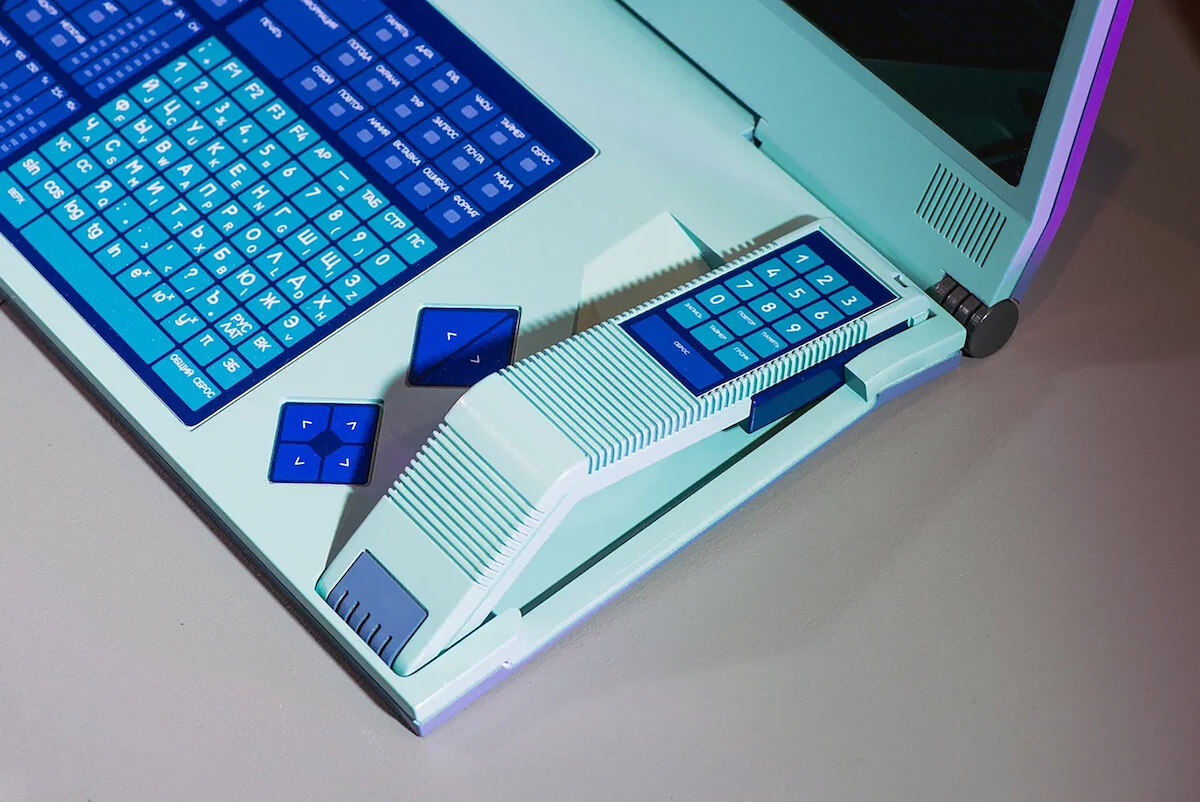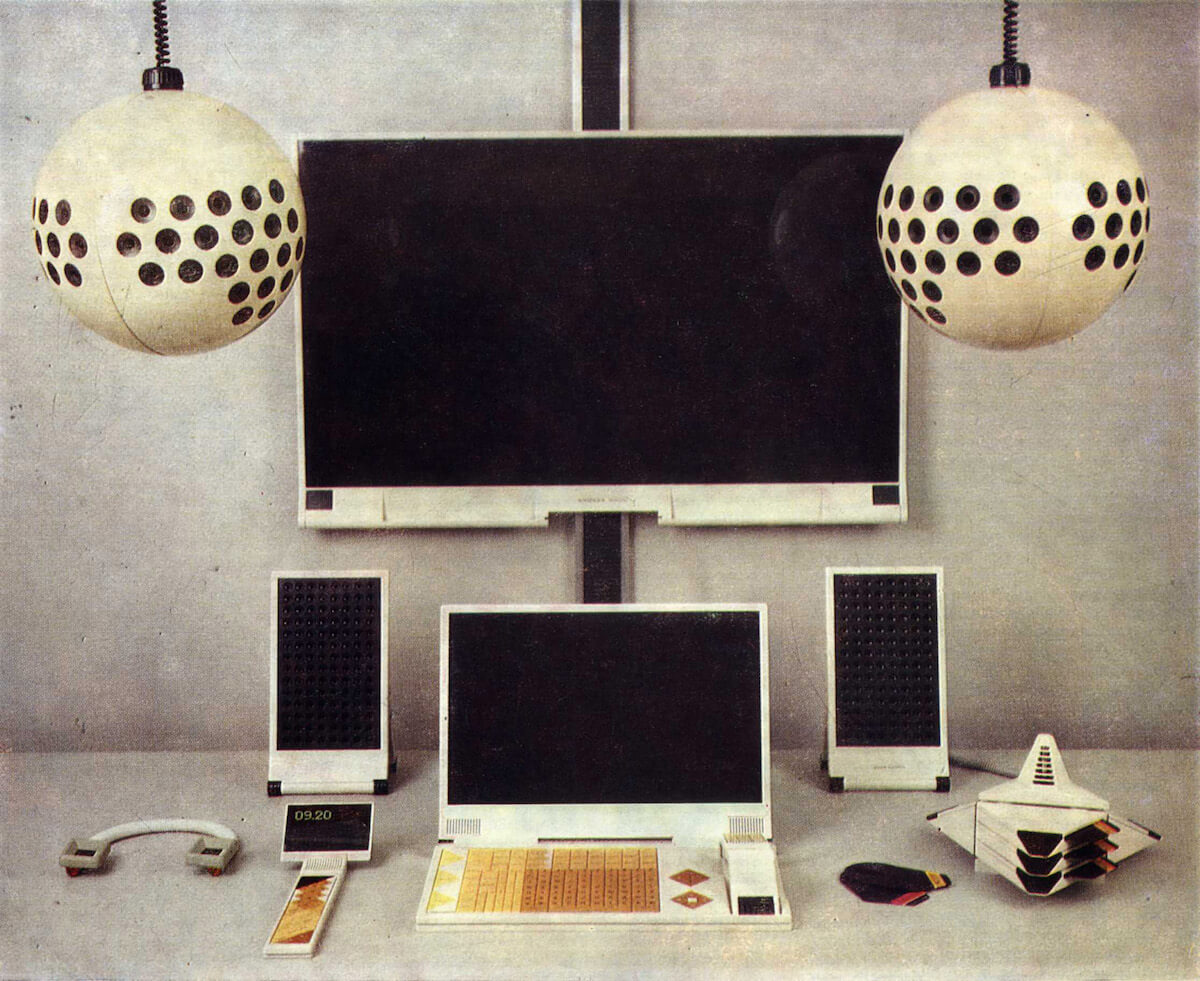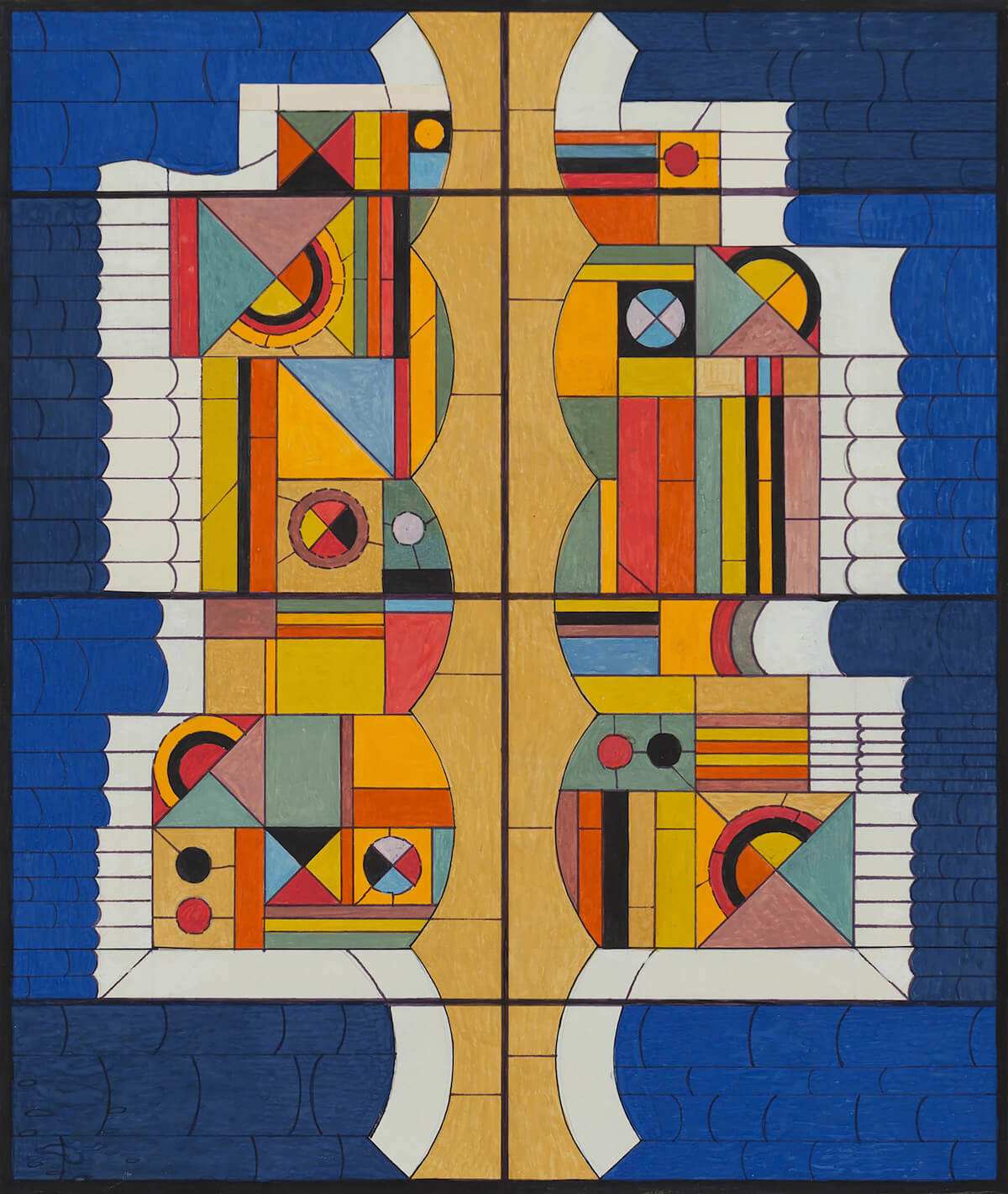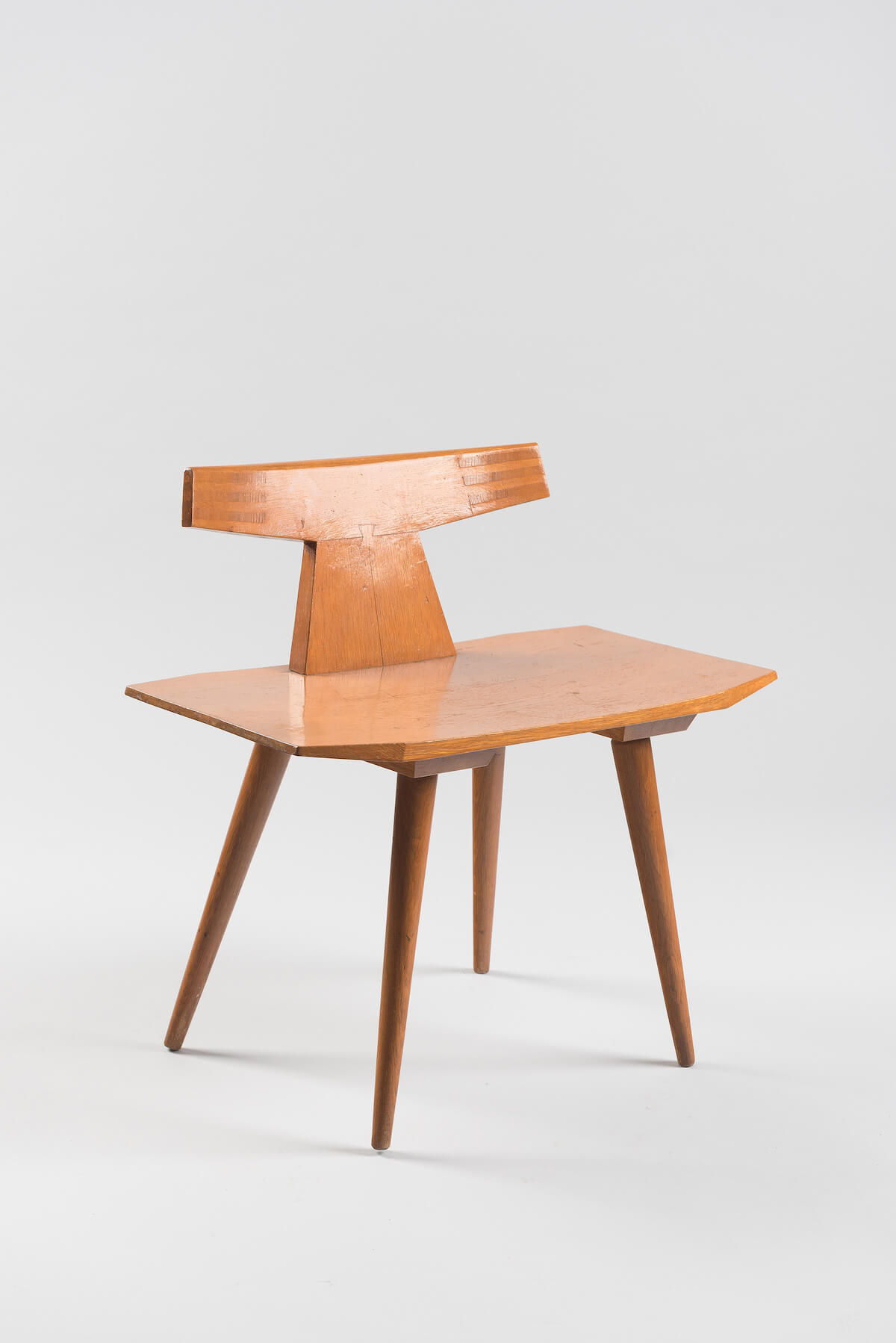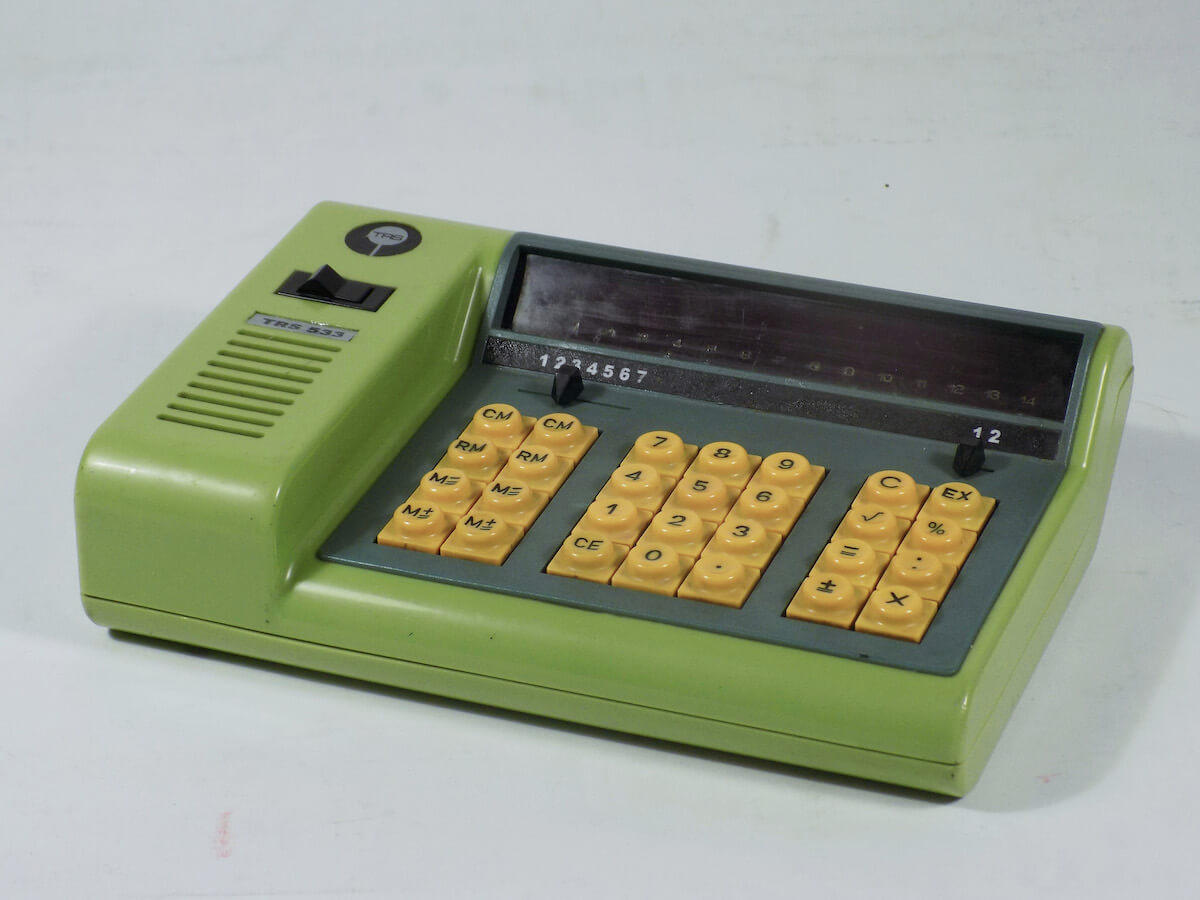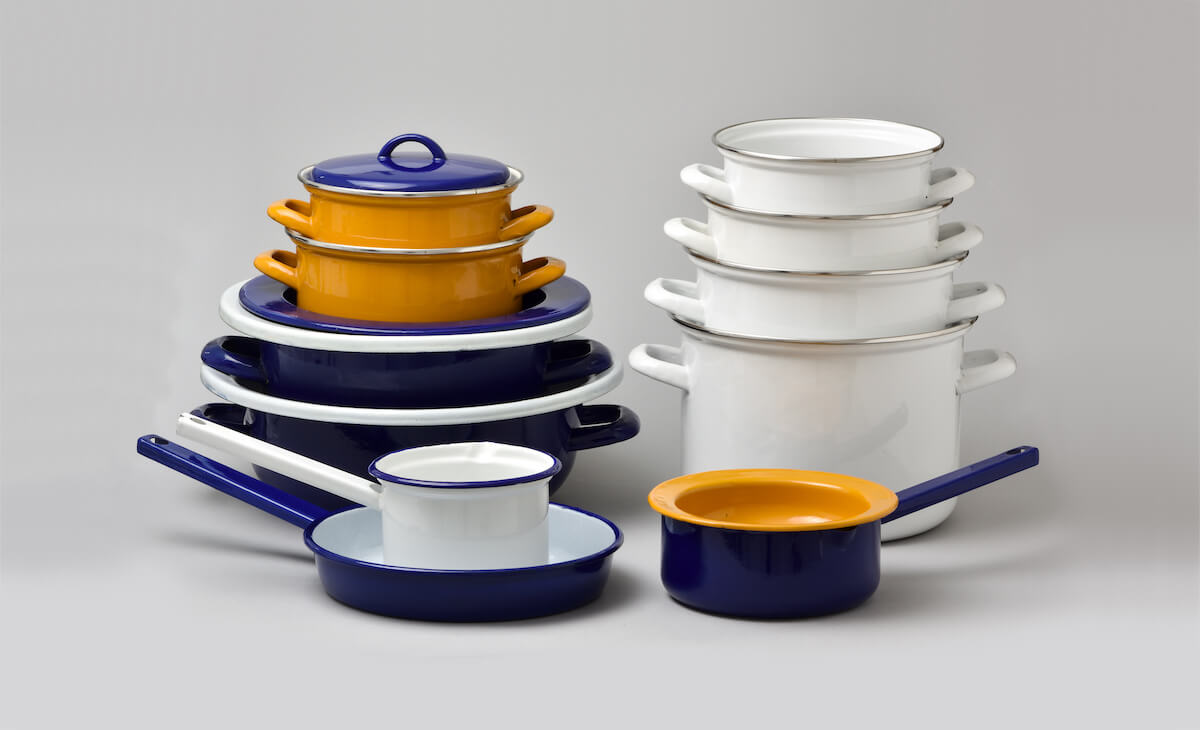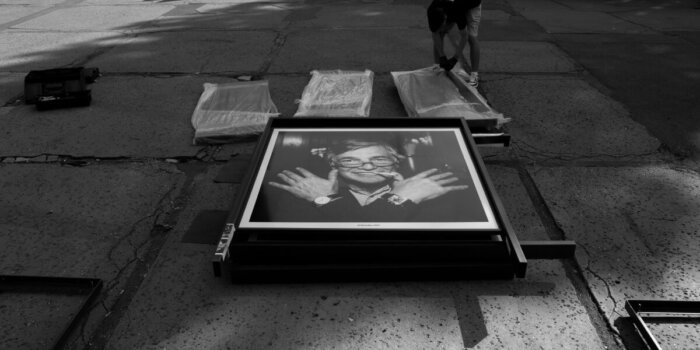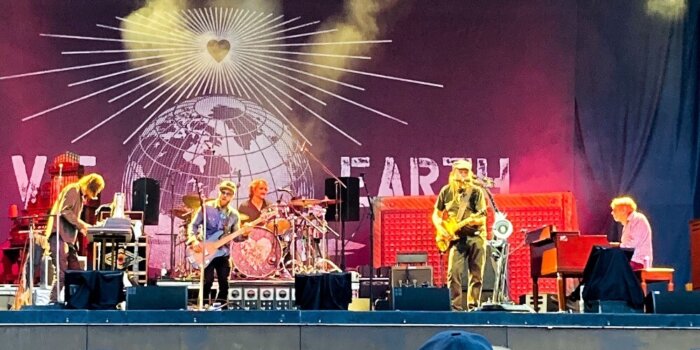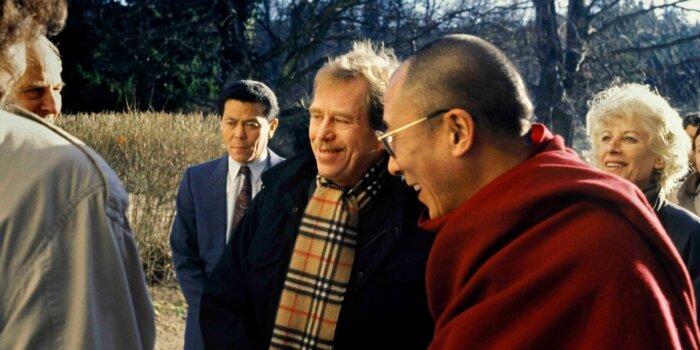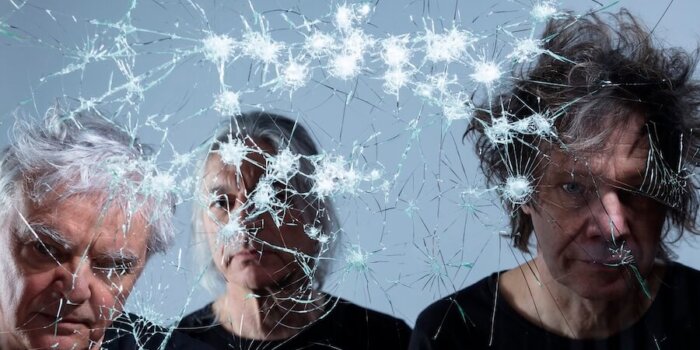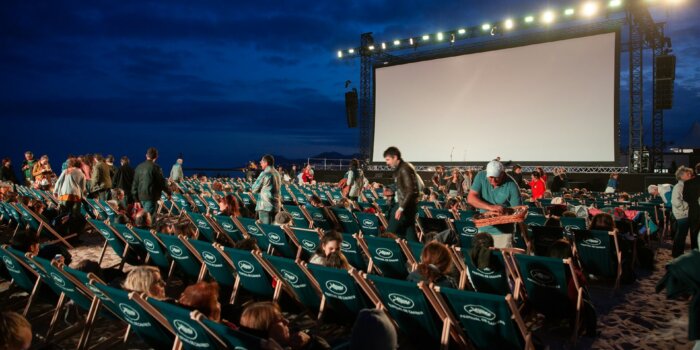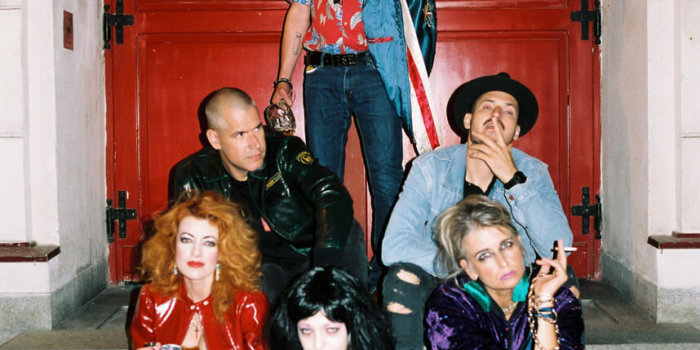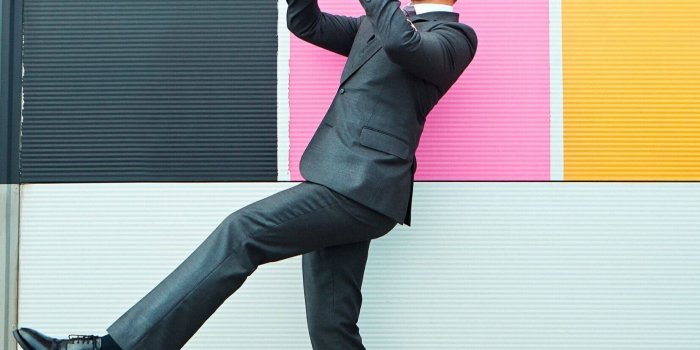Retrotopia. Design for Socialist Spaces | 25.3. – 16.7.2023
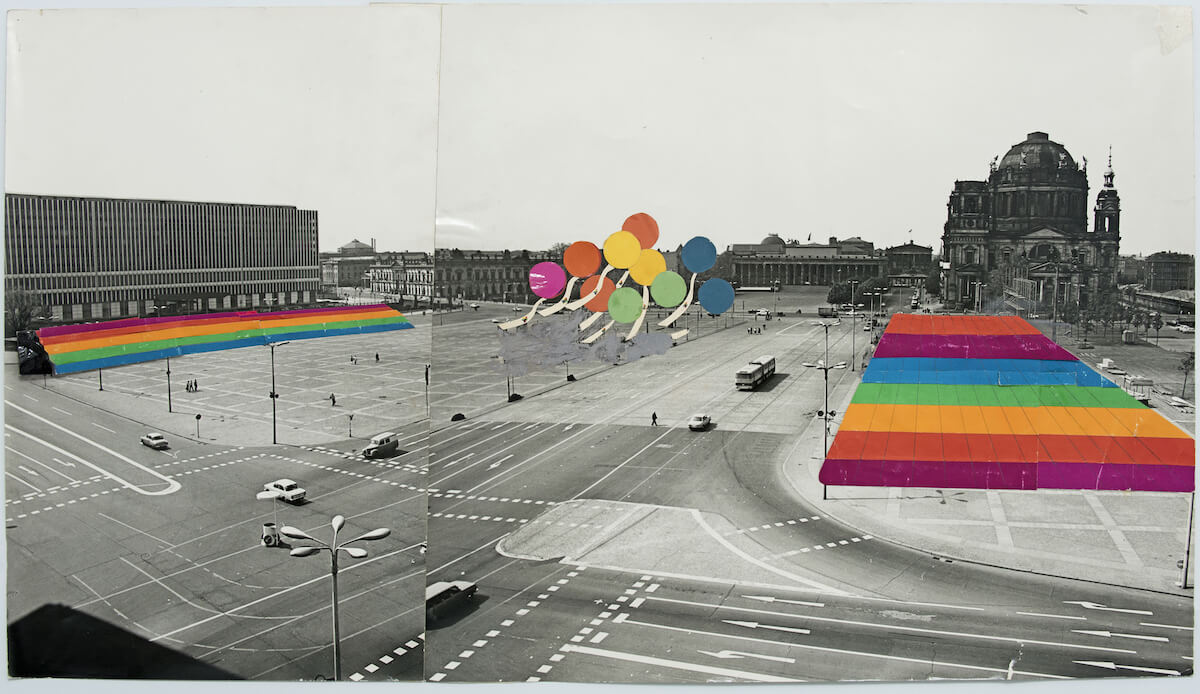
Retrotopia. Design for Socialist Spaces is a collaborative exhibition project that looks at the role and influence of design in the countries of the former Eastern Bloc and former Yugoslavia between the 1950s and the 1980s. An innovative network of curators and institutions has come together to open up new and surprising insights into the complex facets of the design landscape of a region that remains un- known to the broader (and in particular Western) public.
With their extensive research work, the forces behind Retrotopia are making a decisive contribution to a long-overdue re-evaluation of the global and decolonial history of design.
During the Cold War, design and architecture came to reflect the geopolit- ical tug-of-war between the two superpowers of the USA and the USSR. But beyond any political differences, designers and architects from both systems had one thing in common: they were faced with the same social challenges, worked to solve similar design problems and to find sustaina- ble solutions for the environment, developed comparable ideas and pro- posed visionary projects – many of which never made it past the stage of experimentation and prototype development. On top of this, there was a lively dialogue that was carried out through the “Iron Curtain” via various platforms such as exhibitions, congresses, workshops and symposia, in- dustry publications and, most importantly, through personal contacts, which emerged through a networked artistic practice.
Wedged between Sputnik and the oil crisis, the period from the fifties to the seventies was an era defined by economic growth and the search for future directions. The keyword in all of this was planning. It was also a synonym for the vision of inventing the future through systematized inno- vations. In a “world as a design sketch”, as designer Otl Aicher termed it, it seemed possible to calculate the future with absolute accuracy thanks to the advance of technology, artificial intelligence, cybernetics and comput- erisation. The narrative that went along with this (and which continues to prevail today) claimed that technological advance meant social prosperity, which meant happiness for all.
Visions of the future need to take concrete spatial and visual forms for them to have an impact on society. Town planning, architecture and de- sign play a crucial role in the discourses and practices that seek to design better worlds. An enthusiastic belief in the power of technology and a pas- sion for planning were the driving forces behind “system design” and the design of private and public spaces, reaching all the way to outer space.
Taking photographs is solely permitted for the current press coverage of the exhibition/event. For any further use of photos you are required to clarify issues of copyright and usage rights independently in advance. You are responsible for obtaining further rights (e.g. copyrights for works of art portrayed, personal rights etc.).
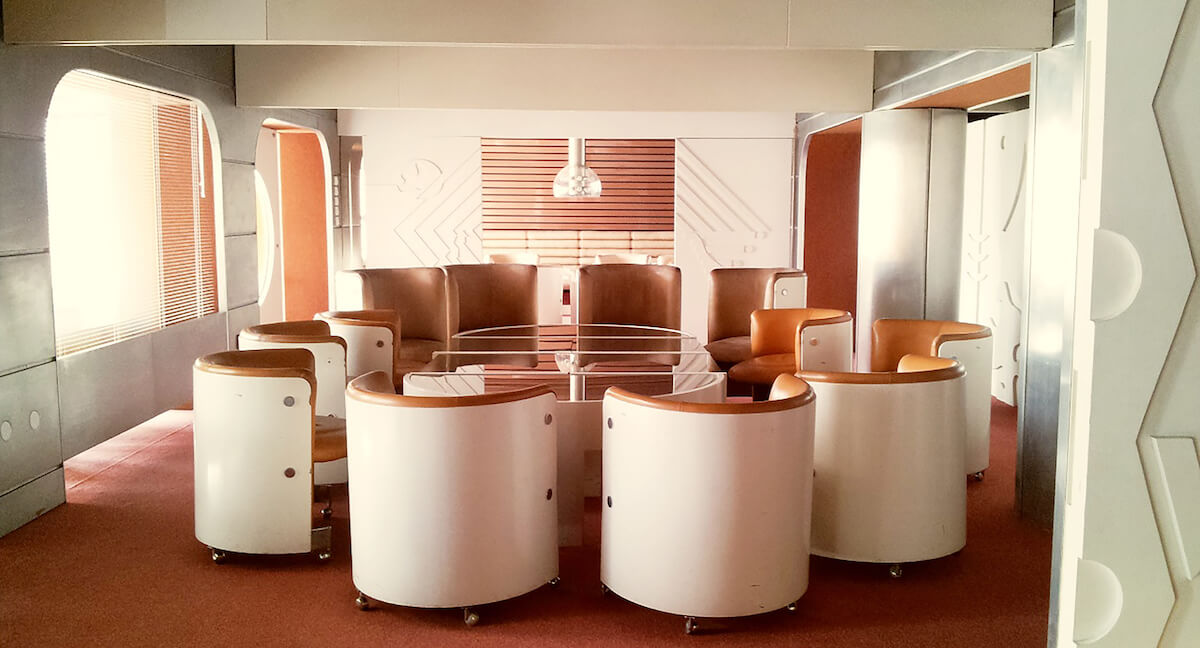
For the first time in decades, this exhibition brings together the work of numerous influential designers from post-socialist countries like Estonia, Lithuania, Poland, Hungary, Slovakia, Croatia, Slovenia, and Ukraine.
Retrotopia. Design for Socialist Spaces produces a kaleidoscope of realised and visionary design concepts for public and private spaces. Though “space” here should be understood according to Henri Lefebvre’s definition of it as a mental, physical and symbolic construct. The spectrum of ideas presented here ranges from futurist interiors for hotels or a presi- dential lounge at an airport to visual communication for sports events or festivals in public urban spaces, interior design models for new apart- ments, opulent textiles or artistic glass installations for trade fairs, recon- structions of visionary architectures, as well as cybernetic living spaces. In the second part of the exhibition, extensive archive material, photos, posters, magazines, books, films and other design objects come together to create a kind of three-dimensional mind map on thematic clusters relat- ed to design institutions, design education, design discourses, exhibitions, networks and design collections, inviting audiences to engage with the themes more deeply.
Retrotopia. Design for Socialist Spaces was initiated by the Kunstgew- erbemuseum – Staatliche Museen zu Berlin in collaboration with: the Museum of Utopia and Daily Life (Beeskow/Eisenhüttenstadt), the Slo- vakian Design Center (Bratislava), the Slovak National Gallery Bratislava, the Moravian Gallery (Brno), the Museum of Applied Arts (Budapest), the M. K. Čiurlionis National Museum of Art (Kaunas), Museum of Contempo- rary Art NGO (Kyiv), Stedley Art Foundation (Kyiv), the Museum of Archi- tecture and Design (Ljubljana), the National Gallery Prague, the Estonian Museum of Applied Art and Design (Tallinn), NGO Imago of Culture (Uzhorod), the Lithuanian National Museum of Art (Vilnius), the National Museum in Warsaw, and the Museum of Arts and Crafts (Zagreb), Cher- nihiv Monumentalism Community, ARWM Cultural Heritage Conservation Fund.
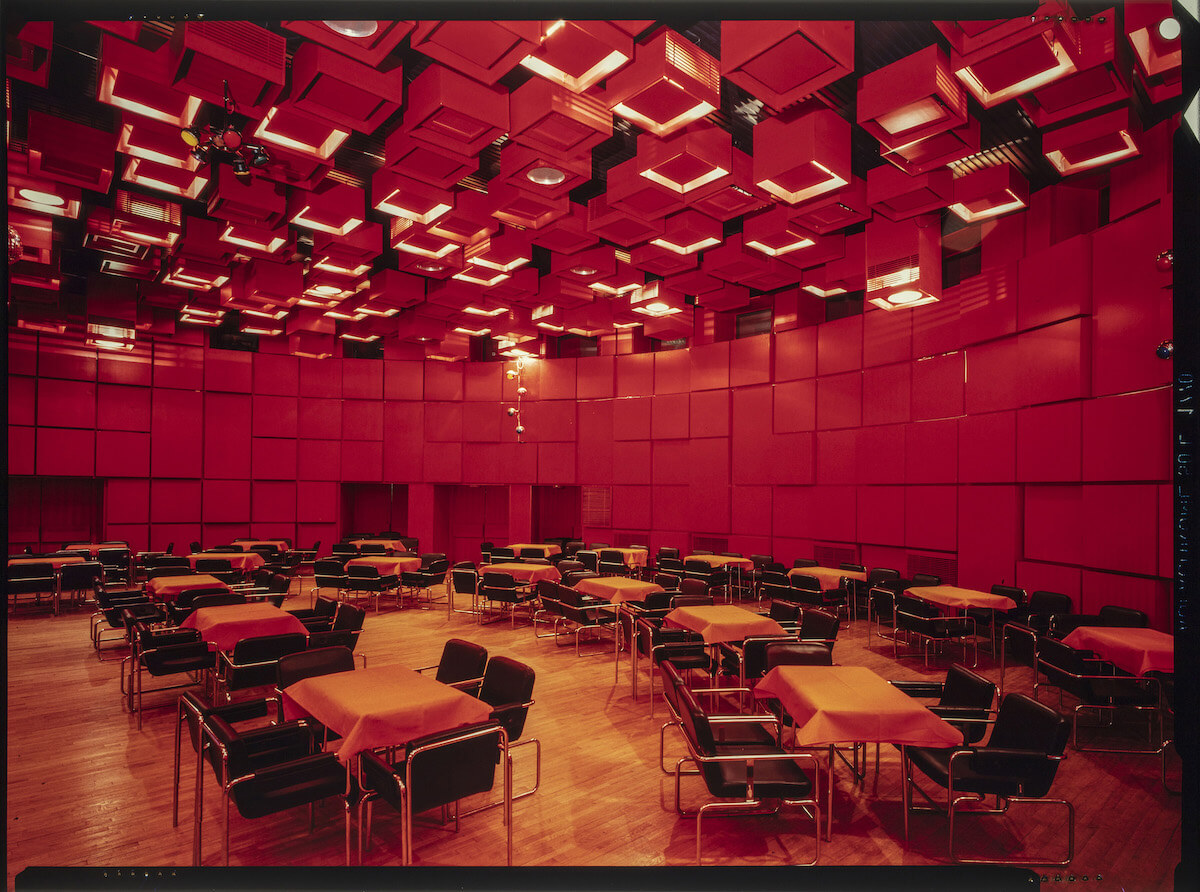
The project is curated and directed by Claudia Banz, curator for design at the Kunstgewerbemuseum, in collaboration with co-curators Polina Baitsym, Alex Bykov, Melinda Farkasdy, Judith Horváth, Helena Huber- Doudová, Silke Ihden-Rothkirch, Karolina Jakaitė, Viera Kleinová, Rosti- slav Koryčánek, Mari Laanemets, Kai Lobjakas, Florentine Nadolni, Anna Maga, Kaja Muszyńska, Cvetka Požar, Klára Prešnajderová, Alyona Sokolnikova, and Koraljka Vlajo.
The exhibition will be accompanied by a catalogue published by Verlag Kettler: Hardcover, 144 pages, ISBN, 978-3-98741-033-8, 38 €.
Kulturforum, Kunstgewerbemuseum + Exhibition Hall Matthaikirchplatz, 10785 Berlin
Opening hours: Tue – Fri 10 am – 6 pm, Sat + Sun 11 am – 6 pm
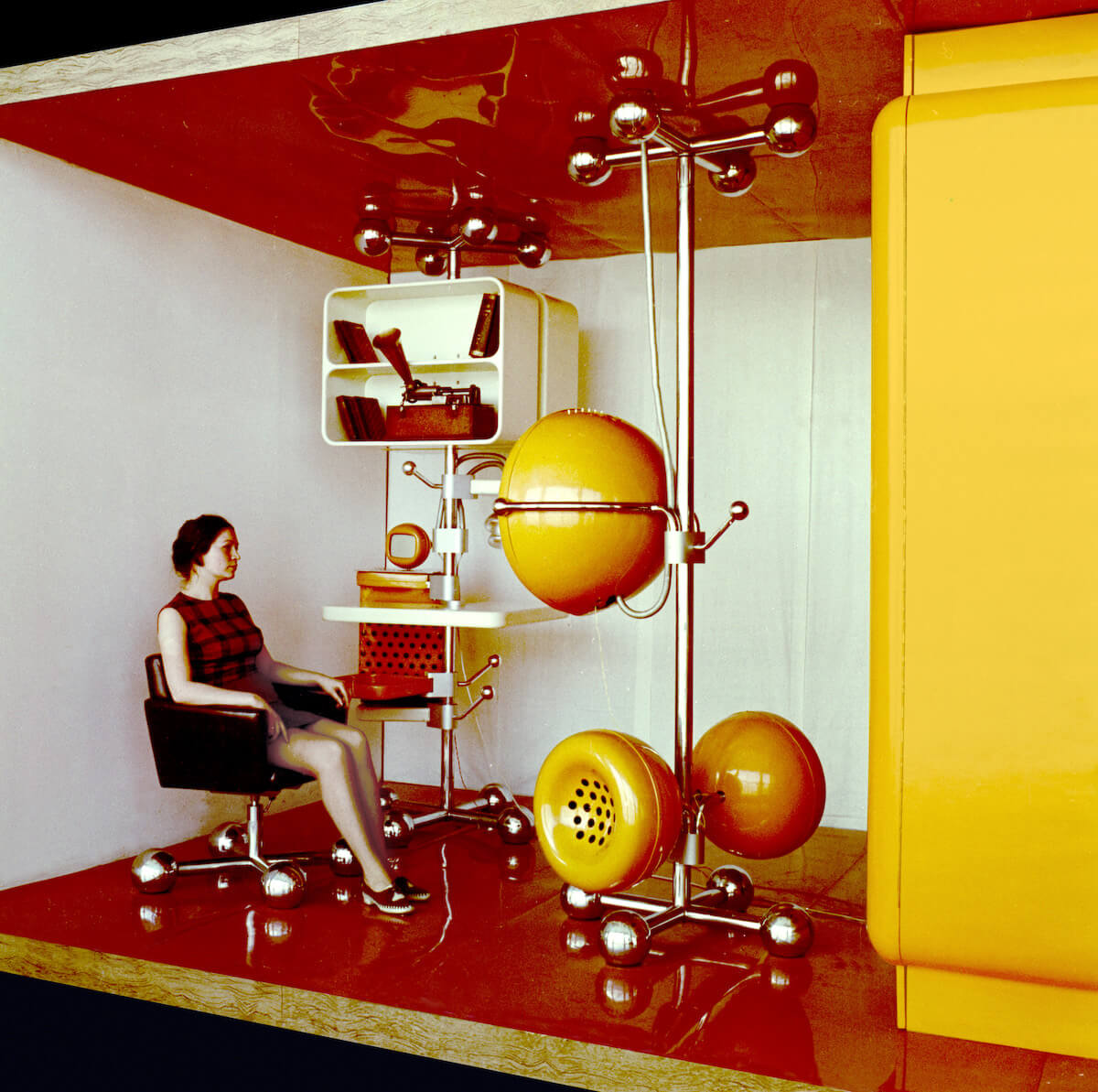
Retrotopia. Design for Socialist Spaces
25 March – 16 July 2023
A special exhibition of the Kunstgewerbemuseum – Staatliche Museen zu Berlin


